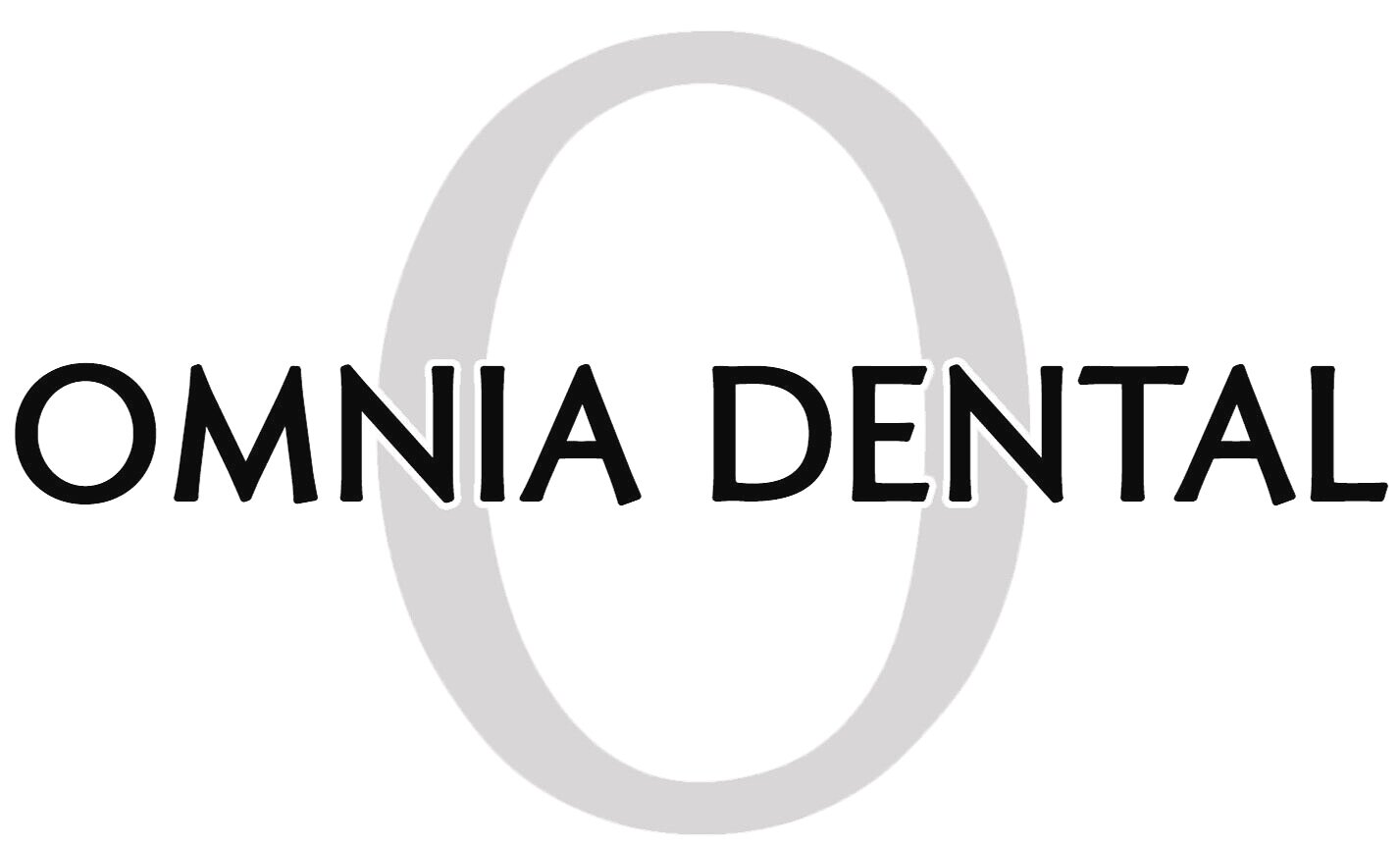Dental Emergencies
Although maintaining good dental hygiene is the best way to preserve oral health, knowing about common dental emergencies and what to do during each can help prevent permanent damage.
Quick and immediate responses with the correct first aid treatment can save your pearly whites from long-term damage and reserve your oral strength.
Here is a list of the most common dental emergencies and what you should do while connecting with your dentist.
Toothaches
Toothache can signify various dental problems, and identifying the exact cause is extremely important for effective treatment.
Tooth pain can have a number of causes. Some of the common causes are dental cavity, abscessed or infected tooth, gum disease, dental trauma, wisdom teeth, bruxism, etc. Nevertheless, when a toothache starts unexpectedly and seems to get progressively worse and more intense, immediately seek an emergency dentist.
Dental Cavity
Dental cavity is the most common cause for toothaches. There are various factors that can cause cavities. Cavities are usually caused by combination of bacteria in your mouth and poor oral hygiene. If left untreated, cavities will get larger and infect deeper layers of your teeth. This can lead to severe pain, infection, or even tooth loss.
Most people are unaware of having cavities. They are usually barely noticeable and asymptomatic at early stage. In order to prevent dental cavity, it is important to maintain good oral hygiene habits and keep up with regular dental visits.
Abscessed or Infected Tooth
An abscessed or infected tooth is caused by infection within the inner chamber of the tooth called pulp chamber and has spread to the root tip or the surrounding area. This infection can result in swelling on gums or side of the face, severe pain, nerve damage, or possible bone loss at the site of infection. If left untreated, these infections can affect the surrounding teeth and healthy gum tissue and may even spread to the rest of the body.
Some of the common symptoms include severe constant pain with temperature, biting or touch, bad breath, headache, jaw pain, pus, fever, swollen lymph nodes, or trouble breathing or swallowing.
If you have any signs or symptoms of a tooth abscess, contact your dentist immediately. You will need to go to an emergency room if you have trouble breathing or swallowing.
Gum Disease
More than 47% of Americans aged 30 years and older have gum disease that could be characterized as mild, moderate, or severe. And over 70.1% of adults over age 65 years have periodontal disease. Gum disease or periodontal disease begins with bacterial growth in the mouth that is left untreated and causes infection in tissue surrounding the tooth. This can lead to bone loss due to destruction of tissue surrounding the teeth.
Some of the signs of periodontal disease are bad breath, swollen or bleeding gums, loose teeth, sensitive teeth, change in your bite, or change in fit of dentures.
Risk factors for periodontal disease include poor oral hygiene, medical history, heredity, underlying immune-deficiencies, medications, stress, hormones, ill-fitting dental restorations, or other factors.
While gingivitis can be controlled and treated with professional cleaning and good oral hygiene, periodontal disease may require a more extensive treatment such as deep cleaning of the tooth surfaces below the gums or corrective periodontal surgery. It is important to maintain good oral hygiene and regular professional cleaning to prevent gingivitis or periodontitis.
Cracked or Chipped Teeth
Your teeth can chip and crack if you bite on hard items, use your teeth for things other than eating, or if you're in an accident. Moreover, those who grind/clench their teeth are more prone to damaging them.
A visit to the emergency dentist is unavoidable if you have a chipped or cracked tooth.
Knocked-Out Teeth
A facial injury that results in loose or displaced teeth warrants immediate emergency dental treatment.
If a tooth is knocked loose, gently bite it to keep it in its socket and prevent it from dislodging completely. If a tooth is knocked out, try to locate it. Once found, pick it up by the crown and thoroughly rinse it. Please keep it in milk and try to see a dentist as soon as possible.
If a child knocks out a baby tooth, do not try to re-implant it because you may damage the permanent tooth underneath. Instead, take your child to see a dentist immediately.
Soft Tissue Injuries
Soft tissue injuries of the mouth include injuries to the gums, lips, inner cheeks, and tongue. In case of such an injury, call your emergency dentist for guidance.
Depending on the severity of the injury, you might need to visit an emergency dentist or emergency room. Nevertheless, injuries involving cuts, lesions, and tears must be rinsed with warm water, followed by applying pressure to stop bleeding.
Broken Orthodonture
Orthodonture is specifically designed to endure wear-and-tear due to chewing and eating. Nevertheless, these metal wires and brackets occasionally break and can cut the cheeks and gums.
In such a situation, carefully push and mold the protruding wire in a more comfortable position. If you can’t seem to do it, put some orthodontic wax or a small cotton ball/piece of gauze on the exposed end of the metal wire. A small cotton ball or a piece of gauze.
Remember: NEVER try to cut the wire yourself, no matter how uncomfortable you feel. Instead, book an appointment with your dentist to have the problem fixed.
Final Thoughts
While most dental emergencies do not require a visit to the emergency room, some dental complications may require the expertise of an emergency dentist. At Omnia Dental, we offer emergency and after-hours dental services. Feel free to call us if you have any dental concerns.


